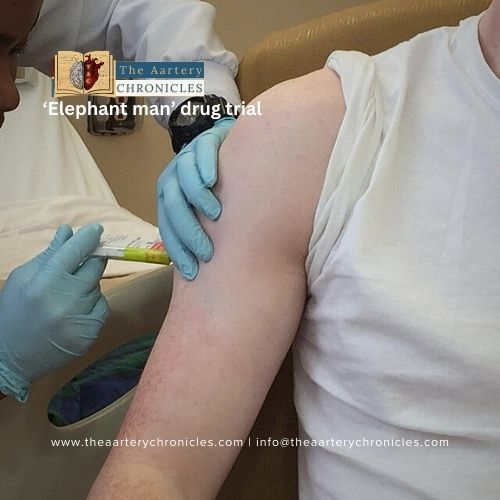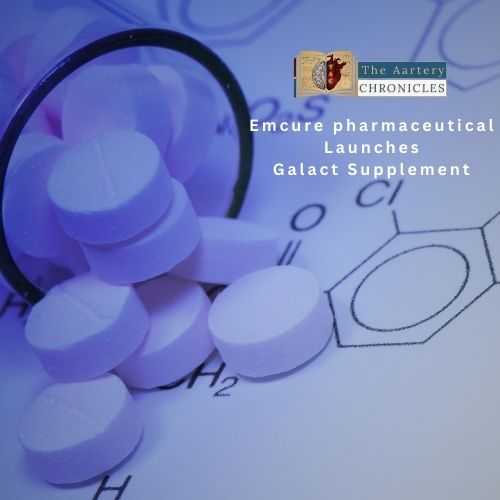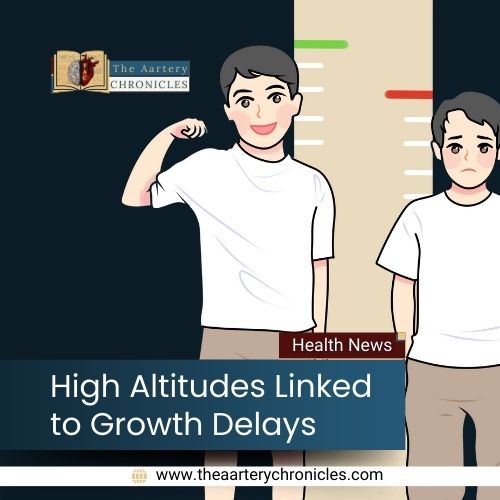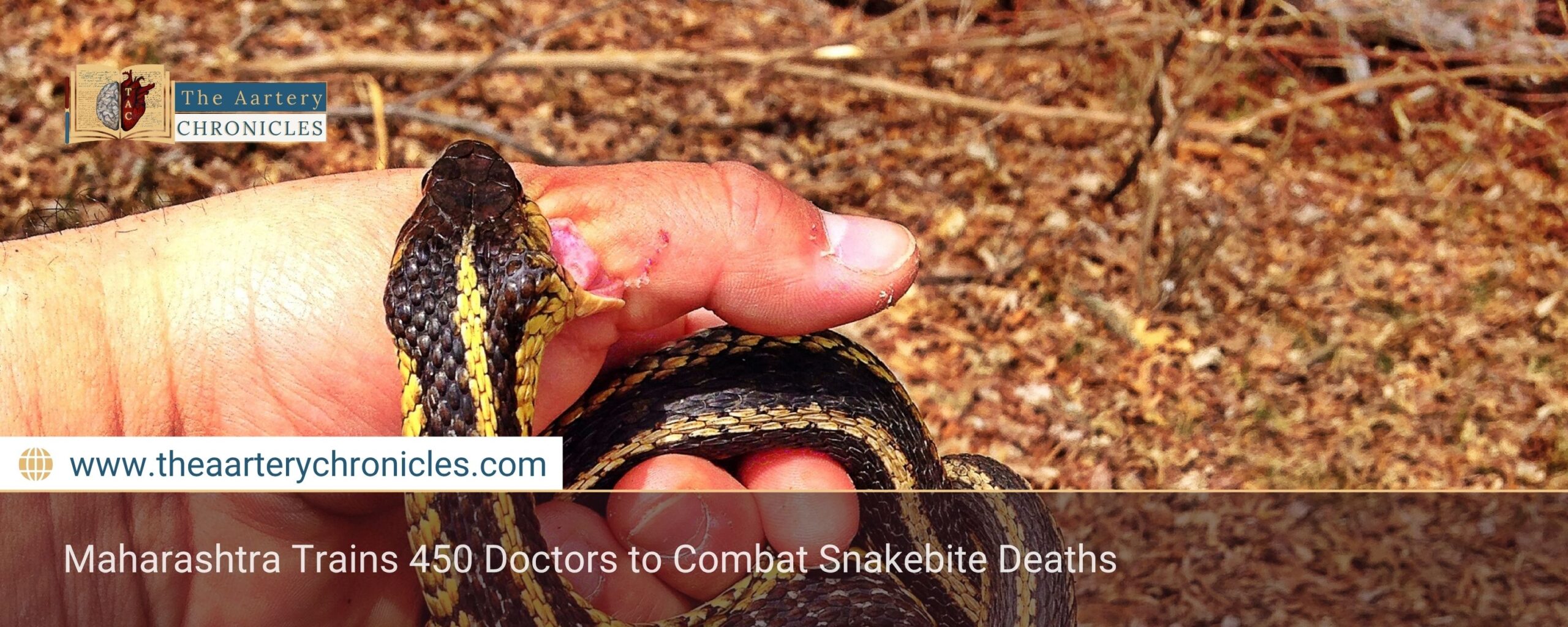
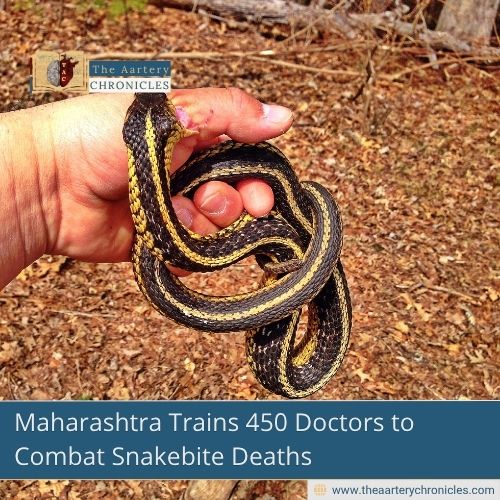
Snakebite Fatalities Surge in Tribal India: What’s Behind the Rise?
Summary: Snakebite fatalities are an alarming public health threat in India’s tribal belt. Maharashtra is resisting with a gigantic effort: arming more than 450 doctors to treat snakebites effectively and eliminate delay in treatment. Early antivenom in the “golden hour” is stressed by experts to avert deaths and disabilities. The State is also intervening to get snakebite declared as a notifiable disease to enhance surveillance and enhance care.
Snakebite Deaths Surge in Tribal Regions: Can Timely Training Save Lives?
Did you know that over 50,000 people die each year from snakebites, and there are about 3 to 4 million bites? India, in particular, faces nearly half of all snakebite deaths, mostly affecting individuuals living in rural and tribal areas. What’s even more upsetting? A lot of these deaths happen because people don’t get help in time.
The Deadly Delay: Why Snakebites Turn Fatal
Even though antivenom is available, many rural doctors hesitate to treat snakebites because they haven’t been properly trained. As a result, victims are often refered somewhere else, which wastes precious time and can lead to avoidable deaths
Maharashtra Steps In: 450+ Doctors Trained
The Maharashtra Public Health Department has teamed up with the Model Rural Health Research Unit (MRHRU) in Vani, Nashik, to address this crisis. Thanks to support from the National Action Plan for Prevention and Control of Snakebite Envenoming (NAP-SE), they’ve trained over 450 medical officers in Nashik and Nandurbar districts.
The Experts Behind the Mission
Dr. Sadanand Raut, one of India’s top experts and a WHO snakebite advisor, teamed up with Dr. Rahul Gajbhiye and Dr. Hrishikesh Munshi from ICMR-NIRRCH for some hands-on training. They focused on fast assessment, giving antivenom at just the right time, and busting some common but dangerous first-aid myths
Dr. Raut has personally helped save over 12,000 lives over the past twenty years and now he’s passing on his knowledge to others so they can do the same.
Real Results: Fewer Deaths, Faster Treatment
Thanks to this effort, areas in Northern Pune like Junnar, Ambegaon, and Rajgurunagar are seeing a real drop in snakebite deaths. The time it takes from bite to getting treatment, what folks call the ‘bite-to-needle’ time, is much faster now, which really makes a difference in saving lives.
Snakebite as a Notifiable Disease: A Game-Changer
Maharashtra is thinking about making snakebite a ‘notifiable disease.’ Basically, that means every time someone gets bitten or if there’s a death, whether they go to a government hospital or a private one, it needs to be officially reported. The Union Health Ministry has already sent out a letter asking all states and Union Territories to do the same.
Dr. Gajbhiye, who’s been really vocal about this, says it would help get people help faster, improve tracking of snakebite cases, and save more lives.
The Bottom Line: Time Matters in Snakebite Treatment
Snakebites aren’t just a medical emergency, they’re a big public health issue. But with trained doctors, better data collection, and quicker responses, India can really cut down on deaths and long-term disabilities from snakebites.
The path might be tough, but with programs like these, Maharashtra is taking steps in the right direction toward making rural healthcare safer for everyone.
Inputs from various media sources.
- Rupal Sonpal
- Health News and Updates
- 1 August 2025
- 17:00


